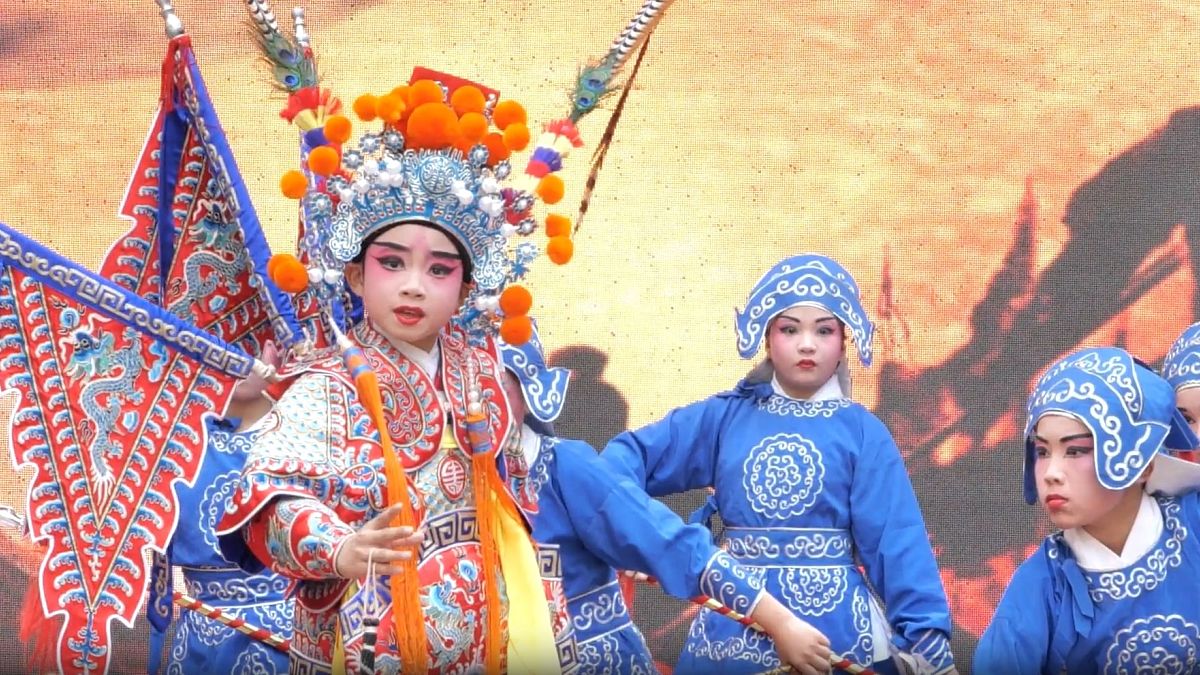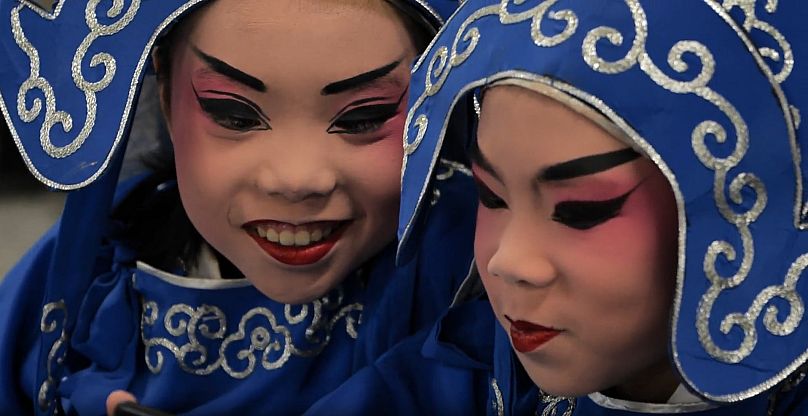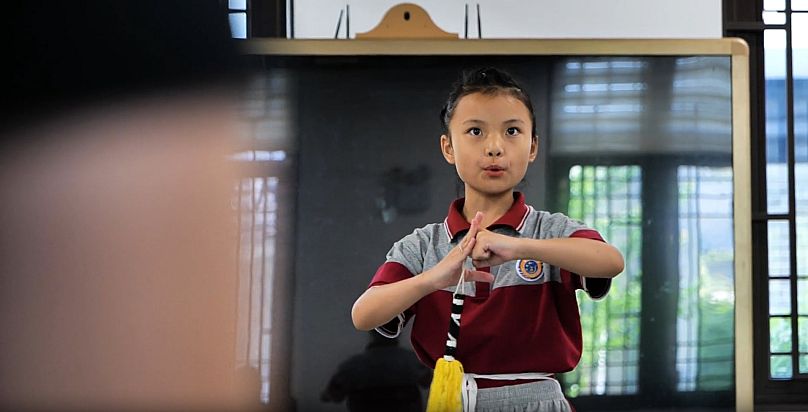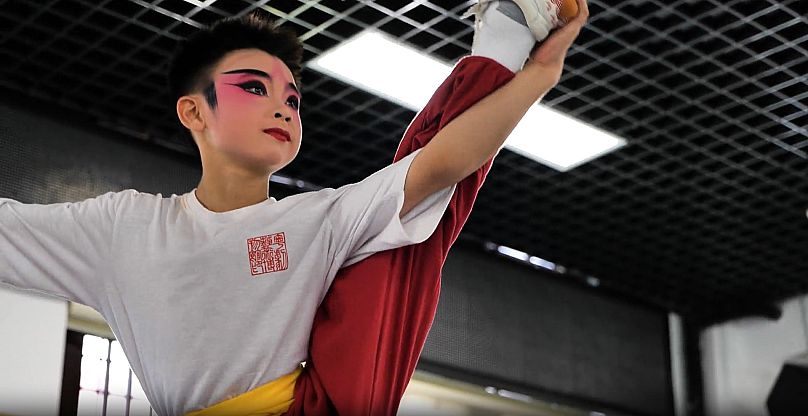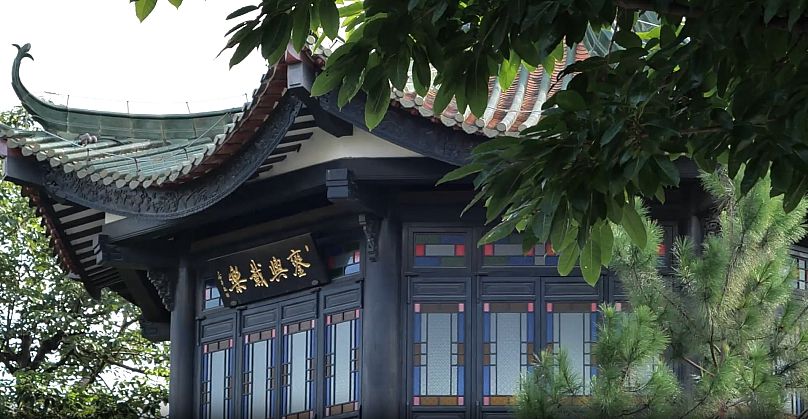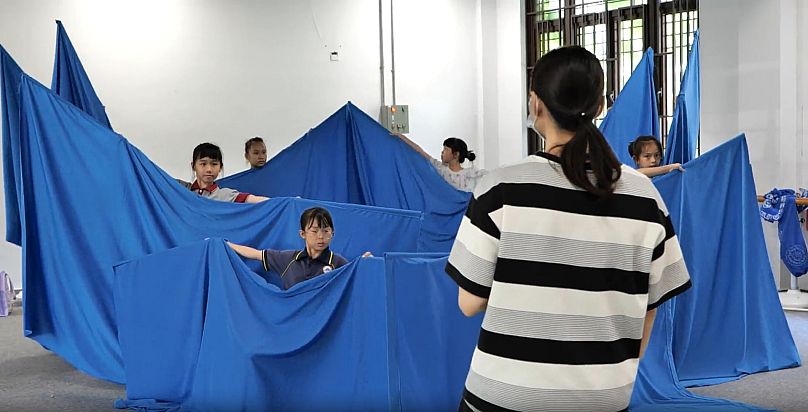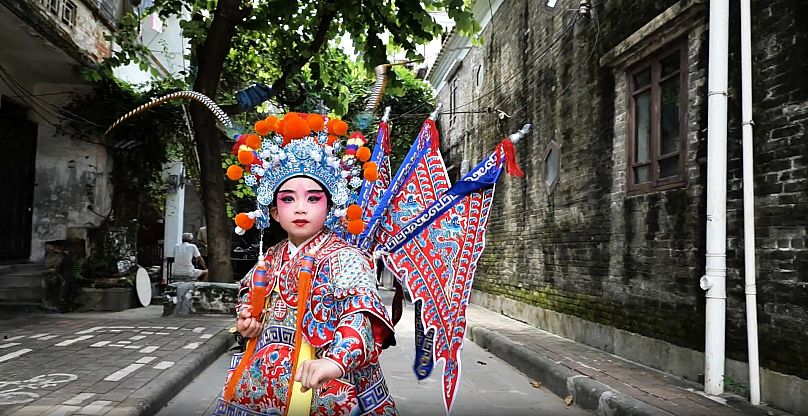"Cantonese opera differs from movies because movies can have many takes. But in Cantonese Opera, every move that looks easy actually is very hard to perform with finesse."
SCENES shines a spotlight on youth around the world that are breaking down barriers and creating change. The character-driven short films will inspire and amaze, as these young change-makers tell their remarkable stories.
Many ancient traditions struggle to stand the test of time. Cantonese opera is no different. The 300-year-old art form is symbolic for its unmistakable music, dramatic make-up and elaborate costumes. At its height in the 20th century, troupes travelled across China, amassing adoring audiences in the thousands.
According to the University of Nottingham Asia Research Institute, this art form's performances have declined since the 1980s. The rising popularity of pop music and movies has threatened its continued prominence.
However, young girls and boys from Guangzhou, China, are big fans of Cantonese opera.
"So many different art forms meshed together made me really interested," 11-year-old Zhang Lixing tells SCENES.
Lixing has been practising the multifaceted performing art for four years, learning singing, acting and martial arts.
"Cantonese Opera is fascinating. The clothes are so special. The headpiece is really beautiful, too." Lixing explains.
Fellow student Ye Zhitian agrees. She says wearing intricate clothes and hair accessories is her favourite thing about Cantonese opera because it transports her into the sensory world of ancient times. The nine-year-old also enjoys training in martial arts.
"I just think it's a lot of fun to learn and challenge myself with those difficult tricks. The biggest challenge for me is to sing and dance at the same time. Even a simple move becomes more difficult sometimes," she says.
Tough training
Zhitian and Lixing spend hundreds of hours training before they take centre stage for about five to ten minutes.
"Cantonese opera differs from movies because movies can have many takes. But in Cantonese Opera, every move that looks easy actually is very hard to perform with finesse," Lixing explains.
While training can be challenging at times, Lixing has a unique way of keeping himself motivated.
"If I start to find it tedious, I think about how handsome I'll look on stage. These difficult moves will look super cool. And will win the audience's applause. All of a sudden, I am filled with power," Lixing shares.
Both the students train at the Cantonese Opera Art Museum. The museum is in Guangzhou city in China's southern province, which locals consider the birthplace of Cantonese opera. The compound spans 17,000 square metres and promotes all things Cantonese. The museum's outreach program sparked the youngsters' interests.
In 2008, UNESCO inscribed Cantonese opera as an intangible cultural heritage. The recognition gave the art form a boost in popularity, but the threat of becoming endangered still looms if it struggles to engage younger audiences.
"These days, stories about emperors and generals are outdated for our children," says Tang Peiwen, a former opera actress.
A tall order
The Cantonese Opera Art Museum has their work cut out for them. Their mission is to attract performers and audiences from the next generation. Beyond reaching out to schools, the museum hosts free public workshops. One of their key strategies involves the evolution of traditions.
Peiwen, a programme instructor at the Cantonese Opera Art Museum, says they have been creating new opera pieces.
"How we become more relevant and convey the culture and ethics that are needed today is something we are continuously exploring," she shares.
Having scripts that children can relate to also serves the young actors.
"If you perform an act and don't understand the story, the audience won't understand what you are trying to convey. Once you understand the story and know the lines, you can deliver the lines," Lixing explains.
Although still a child, Lixing has already acclaimed recognition in his chosen field. He has won the Guangdong Little Plum Blossoms Award for three consecutive years. The accolade is the highest award for children's Cantonese Opera in China.
Curtain call
Students like Lixing and Zhitain proudly take on the task of preserving and performing Cantonese opera. They hope to inspire more people, particularly children, to be interested in it.
"When I get a chance to perform, I feel very brave. I'm bold, not timid or faint-hearted," says Zhitian, "I want my peers to watch me and feel what I feel and also learn traditional Chinese culture."
In the future, Zhitian hopes that her children will learn Cantonese opera, while Lixing's goal is to master the art form so that he can eventually become an instructor. With increased youth involvement, Cantonese opera has a fighting chance to thrive.

